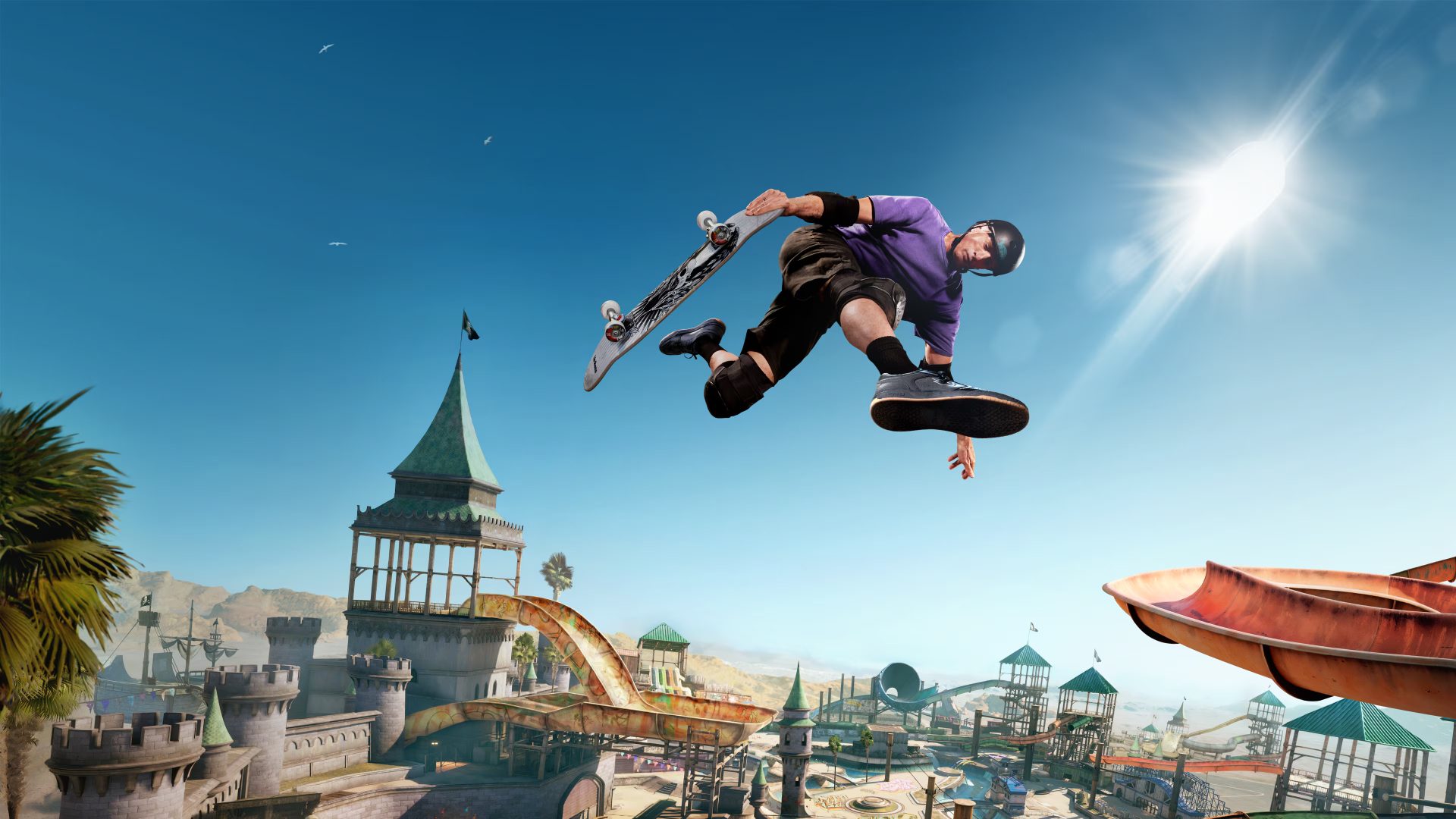كلما حاولت الهروب من وحدتي، أجد نفسي أمام ذكريات طفولتي. تذكرت كيف كانت أيام اللعب مع الأصدقاء، وكيف كان السقوط في “Tony Hawk’s Pro Skater 3+4” يجلب لي الفرح. الآن، هذا الشعور بالخذلان يعتصر قلبي، وأنا أراقب العالم من بعيد. اللعبة التي كانت تملأ حياتي بالألوان، أصبحت كعبرة في زجاجة، مُغلفة بالشجن. يمكنني الحصول عليها الآن بخصم 15 دولارًا، لكن ماذا تفيدني الذكريات إذا كنت وحدي؟
#وحدة #خذلان #ذكريات #ألعاب #حزن
#وحدة #خذلان #ذكريات #ألعاب #حزن
كلما حاولت الهروب من وحدتي، أجد نفسي أمام ذكريات طفولتي. 😢 تذكرت كيف كانت أيام اللعب مع الأصدقاء، وكيف كان السقوط في “Tony Hawk’s Pro Skater 3+4” يجلب لي الفرح. الآن، هذا الشعور بالخذلان يعتصر قلبي، وأنا أراقب العالم من بعيد. اللعبة التي كانت تملأ حياتي بالألوان، أصبحت كعبرة في زجاجة، مُغلفة بالشجن. يمكنني الحصول عليها الآن بخصم 15 دولارًا، لكن ماذا تفيدني الذكريات إذا كنت وحدي؟ 💔
#وحدة #خذلان #ذكريات #ألعاب #حزن
1 التعليقات
·0 المشاركات
·0 معاينة

















